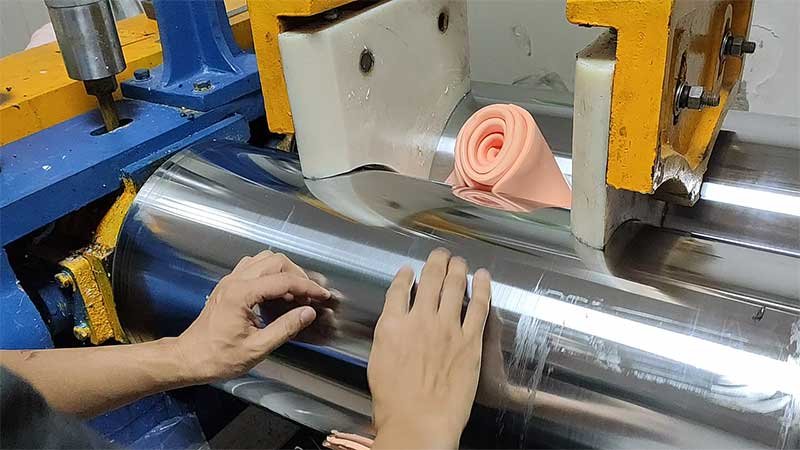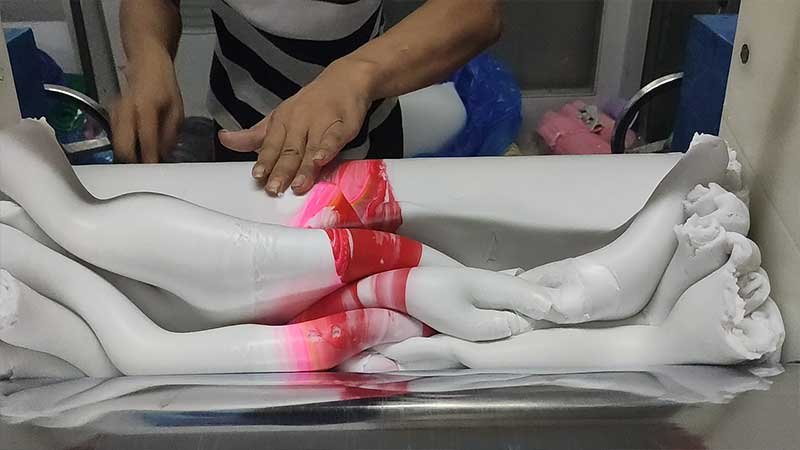Struggling with silicone mixing can lead to issues like air bubbles, inconsistent texture, and product failure, compromising the quality and leading to dissatisfied customers and higher costs. Without mastering proper techniques, your products may suffer from weaknesses and defects, damaging your brand’s reputation.
Achieving perfect silicone mixing requires understanding the materials, the right equipment, and precise techniques. This guide will walk you through the essential steps to master silicone mixing, ensuring your products are always of the highest quality.
What Are the Key Factors in Silicone Mixing?
Silicone mixing isn’t just about combining components, it’s a precise process that requires attention to detail. The success of your final product hinges on how well you understand and manage the following key factors.
Material Compatibility
Before mixing, ensure that your silicone components are compatible. Different silicones have varying properties, and mixing incompatible types can lead to separation, poor curing, or compromised performance. It’s crucial to choose materials that work well together to avoid these issues.
Related: silicone types and differences
Proportion Accuracy
Accurate proportioning is vital. Even a small deviation in the ratio of base silicone to curing agent can significantly affect the final product. Under-mixing can result in a sticky or soft product, while over-mixing might lead to a brittle and less durable material.
Mixing Speed and Technique
The mixing speed and technique play a critical role in ensuring a homogeneous mixture. Mixing too fast can introduce air bubbles, leading to defects in the final product. On the other hand, mixing too slowly might result in uneven distribution of the curing agent, causing parts of the product to remain uncured.
Temperature Control
Temperature during mixing is another crucial factor. Silicone is sensitive to temperature changes, and mixing at the wrong temperature can affect the curing process. Ensure that the environment is controlled and that materials are at the recommended temperature before mixing.

How to Avoid Common Silicone Mixing Mistakes?
Even experienced manufacturers can make mistakes during silicone mixing. However, by being aware of common pitfalls, you can take steps to avoid them and ensure a smoother production process.
Avoiding Air Bubbles
One of the most common issues in silicone mixing is the introduction of air bubbles. These can weaken the final product and create surface imperfections. To avoid air bubbles, mix at a controlled speed and consider using a vacuum chamber to degas the mixture before curing.
Ensuring Even Curing
Uneven curing is another common problem. This often happens when the silicone is not mixed thoroughly, leading to areas that either remain soft or become too hard. Always ensure that you mix the silicone until the curing agent is fully integrated into the base.
Preventing Contamination
Contamination can occur if foreign materials, such as dust or oils, get into the silicone mixture. This can lead to defects or a compromised cure. To prevent contamination, always work in a clean environment and ensure that your mixing tools are thoroughly cleaned before use.
What Equipment Do You Need for Silicone Mixing?
Using the right equipment is essential for successful silicone mixing. While it might be tempting to cut costs with cheaper tools, investing in quality equipment will pay off in the long run with better results and fewer issues.
Mixing Containers
Choose mixing containers made of materials that do not react with silicone. Avoid containers with sharp edges or seams where silicone can get trapped. Opt for smooth, rounded containers that are easy to clean and reuse.
Mixing Tools
The right mixing tools are crucial. Silicone is a thick material, so you’ll need sturdy tools that can handle the resistance. Silicone spatulas or industrial mixers with appropriate mixing blades are ideal for ensuring thorough mixing.
Vacuum Chamber
A vacuum chamber is essential for degassing your silicone mixture, especially in applications where air bubbles can compromise the product’s integrity. By removing trapped air, you ensure a smooth and defect-free final product.
Curing Oven
For certain applications, a curing oven may be necessary to control the temperature during the curing process. This ensures that the silicone cures evenly and achieves the desired mechanical properties.
How to Scale Silicone Mixing for Large Production?
As your business grows, you may need to scale up your silicone mixing process. This can present new challenges, but with the right approach, you can maintain quality even as production increases.
Automated Mixing Systems
Investing in automated mixing systems can help you scale production while maintaining consistency. These systems precisely measure, mix, and dispense silicone, reducing the risk of human error and improving efficiency.
Batch Consistency
When scaling up, maintaining batch consistency is critical. Ensure that your mixing process is standardized, with precise measurements and mixing times for each batch. Implementing a rigorous quality control system can help catch any inconsistencies early.
Staff Training
As you scale, it’s important to invest in staff training. Ensure that your team understands the importance of each step in the silicone mixing process and is trained to identify and address potential issues. This will help maintain quality across all batches.

What Are the Benefits of Mastering Silicone Mixing?
Mastering silicone mixing offers numerous benefits, from improved product quality to increased efficiency and reduced waste.
Improved Product Quality
When you master silicone mixing, you achieve consistent quality in your products. This leads to fewer defects, higher customer satisfaction, and a stronger reputation in the market.
Increased Efficiency
Efficient silicone mixing reduces production time and waste. By optimizing your mixing process, you can increase throughput and reduce costs, allowing you to scale your business more effectively.
Competitive Advantage
Mastering silicone mixing gives you a competitive advantage. It allows you to produce superior products that stand out in the market, helping you attract and retain customers.
Conclusion
Silicone mixing is a critical process that directly impacts the quality of your final products. By understanding the key factors involved, avoiding common mistakes, using the right equipment, and scaling effectively, you can master silicone mixing and produce superior products that meet and exceed industry standards. Investing time and resources into perfecting your mixing process will pay off in higher quality, greater efficiency, and a stronger market presence.
Related: